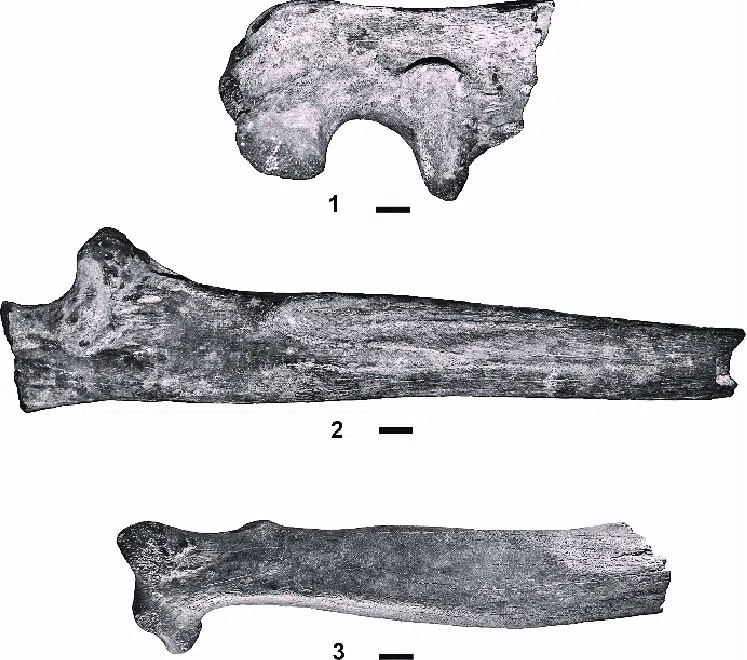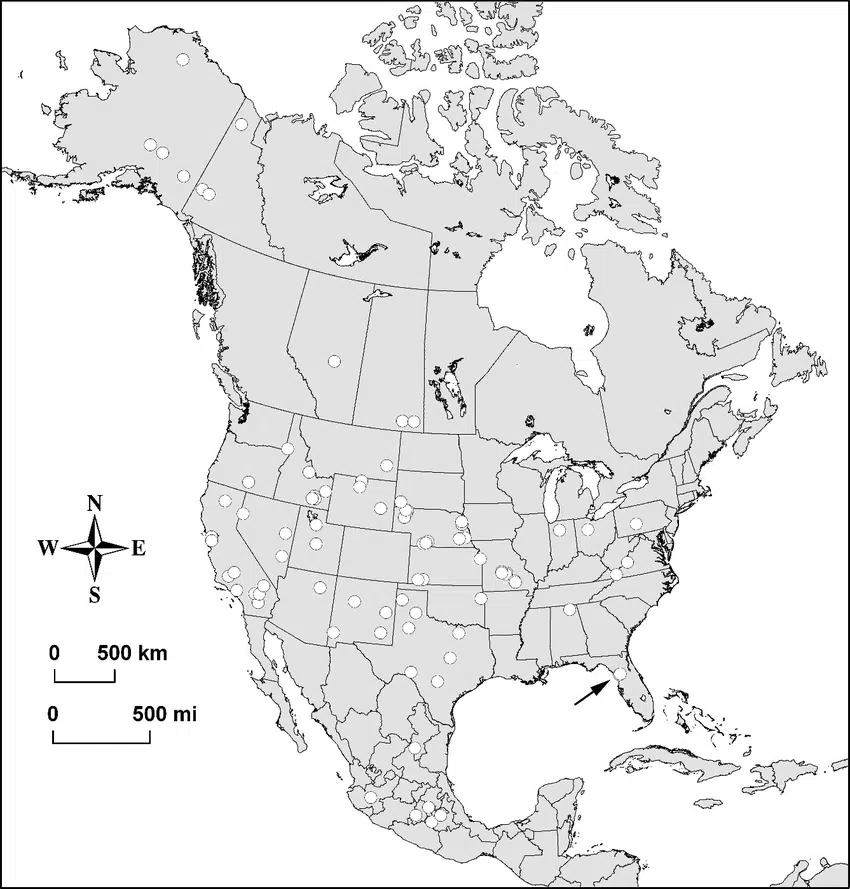Forget polar bears. The giant short-faced bear (Arctodus simus) was the true heavyweight of North America’s ancient wilderness. Standing an astonishing 3.3 meters tall on its hind legs, this extinct predator dwarfs even the largest modern-day bears, leaving its distant relatives in the dust.
This colossal bear roamed North America over two million years ago during the Pleistocene epoch. Today, it is recognized as one of the largest mammalian carnivores to have ever existed on the continent. Its size and speed were unparalleled, and it probably filled a crucial ecological role that has since been lost to time. But while this creature’s imposing figure sparks fascination, questions still remain about its extinction and the reasons behind its disappearance from the planet.
A Truly Giant Predator
A study in the Journal of Paleontology highlights the impressive size of the short-faced bear. Standing over 3.3 meters (10.8 feet) tall on its hind legs, it was much bigger than today’s Kodiak and polar bears, which reach about 3 meters (10 feet). Weighing as much as 1,000 kilograms (2,200 pounds), this giant bear was also incredibly fast, able to run at speeds over 60 kilometers per hour (40 miles per hour), despite its massive size.
According to IFLScience, this speed was facilitated by the bear’s unique toe structure, which was more aligned than that of modern bears, enabling it to sprint with surprising agility. Researchers are still uncertain whether the mammal was an active predator or primarily a scavenger, though its large size and potential speed suggest it could have been a formidable force in its ecosystem.
Its diet likely included a range of foods, with a heavy emphasis on meat when available. Unlike modern ones, which are more focused on a varied diet, the animal may have relied more heavily on scavenging, taking advantage of carcasses left by other predators.
 Bones of the giant short-faced bear (Arctodus simus). Credit: Journal Of Paleontology
Bones of the giant short-faced bear (Arctodus simus). Credit: Journal Of Paleontology
The Extinction Mystery
Despite its massive size and strength, the short-faced bear went extinct approximately 11,000 years ago at the end of the Pleistocene. The reasons behind its extinction remain unclear, though several theories have been proposed. Some researchers believe that climate change played a key role, altering the habitats and food sources that supported such a large predator. Also, the disappearance of large herbivores like mammoths and mastodons could have impacted the carnivore’s ability to find sufficient food.
The arrival of humans in North America around the same time could have also contributed to the decline of large megafauna, including this beast. As early humans spread across the continent, their hunting and environmental impacts could have further strained the ecosystems that supported these giant creatures.
 Map of Arctodus simus fossil locations in North America. Credit: Journal Of Paleontology
Map of Arctodus simus fossil locations in North America. Credit: Journal Of Paleontology

